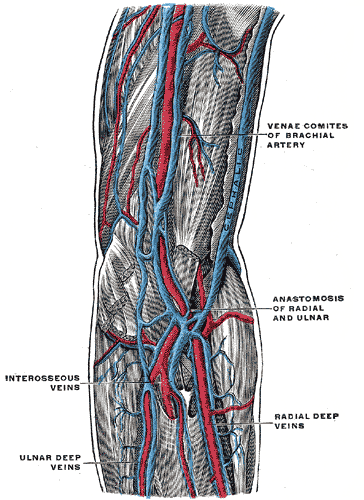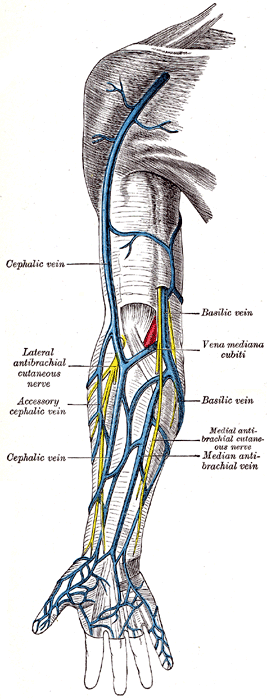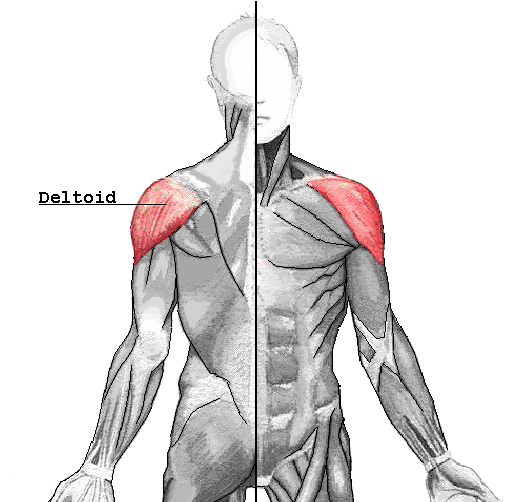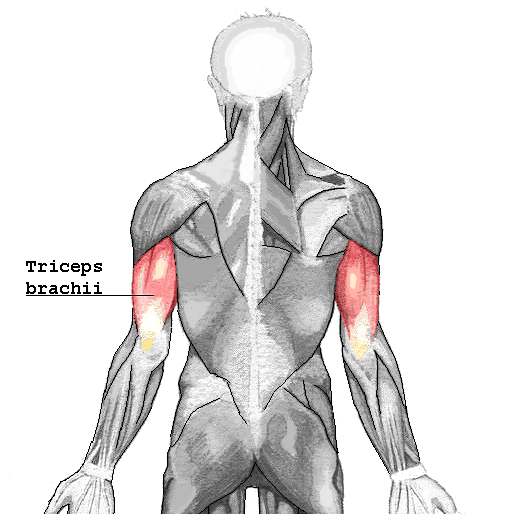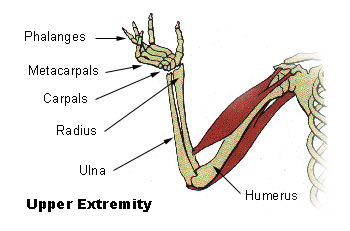We just learned about the
Scapula & Clavicle Ligaments.
Another group of ligaments are the
Glenohumeral Ligaments that connect the humerus (upper arm bone) to the scapula (shoulder blade or wing bone), and helps hold the shoulder in place.
The scapula has a part sticking out called the coracoid process that helps it get tied to the other bones,
and it has a part called the glenoid cavity which is like a rounded holder where the shoulder bone goes to help hold it in place.
The ligaments are:
- Capsule - Goes around the outside of the humerus bone
- Coracohumeral - Connects the coracoid process which is part of the scapula to the humerus bone
- Glenohumeral - Connects the glenoid cavity which is part of the scapula to the humerus bone
- Transverse humeral - Connects two parts of the humerus together
- Glenoid labrum - Helps make the glenoid cavity more stable and bigger
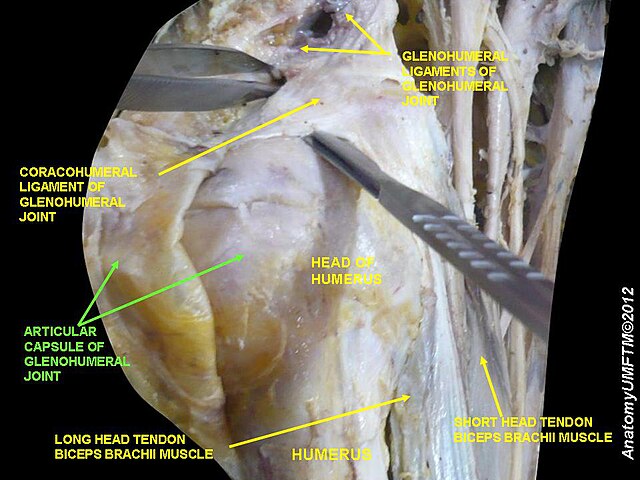
(from: wikipedia -
articular capsule of the humerus)
Kid Facts - Blast from the past: Autonomic Nervous System




